Pickleball Tips: Mastering the fundamentals
Before diving into the advanced strategies of pickleball, it's crucial to establish a solid understanding of the game's foundations. Mastering the basics will provide you with the confidence and capabilities needed to tackle more complex techniques. Consider these essential elements that will serve as the backbone of your game.
Serving with purpose
The serve is your first chance to set the tone for each point. Not just a mere toss, it’s an art form that requires precision, intention, and variation. Start by developing a consistent serve through a proper grip, careful toss, and optimal contact point. Every server has unique mechanics, but all great servers share a profound understanding of serve placement.
- Target Weaknesses: Aim for the opponent’s backhand, where most players are weaker, creating opportunities for your side.
- Body Serves: Aimed at the opponent's body can result in awkward returns, giving you the upper hand.
- Mixing It Up: With different serves power, soft, and spin you keep your opponent guessing. Remember: the legality of spin serves may depend on the latest USA Pickleball rulebook.
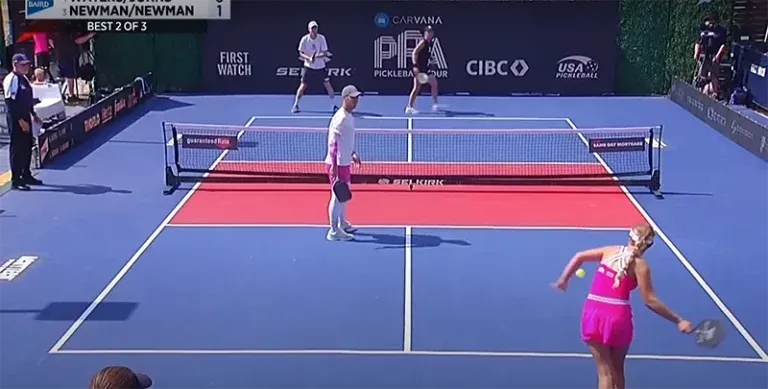
Returning serve like a pro
Once you're confident in your serving, it’s time to master the return of serve. This often underappreciated element can swing the point in your favor. Begin by reading the serve carefully, noticing the spin, speed, and placement. Positioning yourself correctly will set you up for success.
- Court Positioning: Adopt a ready stance on the baseline, prepared to move laterally in response to your opponent.
- Shot Selection: Focus on returning serves deep into your opponent's court. Aggressive returns can put pressure on them, enabling better control over the subsequent rally.
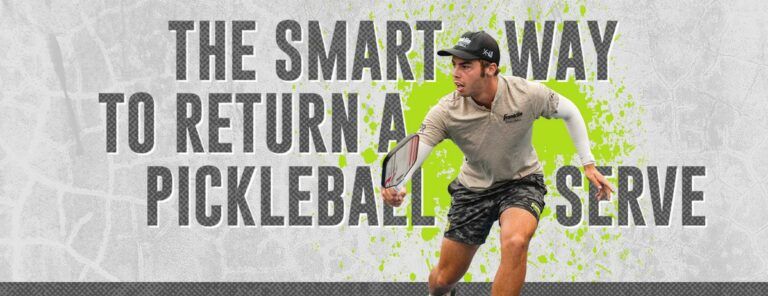
The third shot: your key to control
The third shot drop in pickleball is particularly vital, often dictating the flow of the game. Proper execution of this shot is crucial for effective transition to the net.
- Master the Third Shot Drop: A well-placed drop shot lands softly in the non-volley zone and is designed to set up your position at the net.
- When to Drive: Sometimes, an aggressive shot is called for. Recognize scenarios where you can exploit openings for a drive or when a returner is out of position.
- Decision-making Skills: Learn to read your opponents as well as the court to make strategic decisions about your third shot.
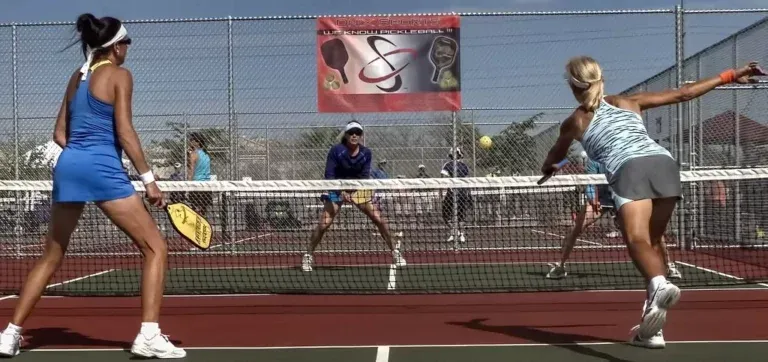
Dinking and volleying: the heart of pickleball
As you delve deeper into the sport, understanding the role of dinks and volleys becomes paramount. These techniques often define matches, especially in competitive play.
Dinking domination: control the net
The dink shot is often seen as the gentle giant of pickleball; it may appear harmless, yet it's incredibly effective when used correctly. This soft played shot can disrupt an opponent's rhythm and control the pace of the game.
- Developing Consistency: Aim to keep your dinks low and just over the net to challenge opponents.
- Implementing Strategies: Use cross-court and down-the-line dinks strategically to create angles and openings.
- Advanced Techniques: Transition to more complex dinking techniques like the lift, push, and reset to counter aggressive dinks.
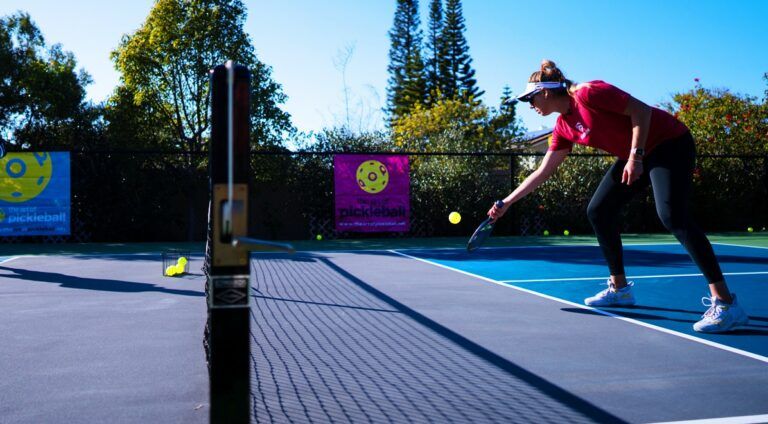
Volleying for attack and defense
Understanding how to effectively volley opens new avenues for both offensive and defensive maneuvers. Proper technique and timing can yield impressive results and points.
- Non-Volley Zone Awareness: Familiarize yourself with the boundaries of the no-volley zone to avoid faults and capitalize on advantages.
- Where to Volley: Focus on attacking high balls while also learning to defend against aggressive volleys.
- Volley Mechanics: Mastering the mechanics of punching, blocking, and angling can enhance your game when at the net.

Strategic shots and advanced techniques
As players become more comfortable with the fundamentals, exploring advanced techniques can significantly add flavor to their gameplay. Understanding strategic shots such as lobs, overheads, and transition techniques heightens a player's tactical approach.
Lobs and overheads: taking your game to new heights
Executing effective lobs can create unexpected challenges for your opponents. This strategic shot varies in its use, serving both offensive and defensive purposes.
- Executing Effective Lobs: Practice your lobs focusing on proper height, depth, and overall placement to put pressure on your opponents.
- Attacking Overheads: Learn to capitalize on high balls to execute powerful overhead smashes.
- Using Lobs Defensively: In scenarios where you’re out of position, lobs can buy time and give you a chance to reset the rally.
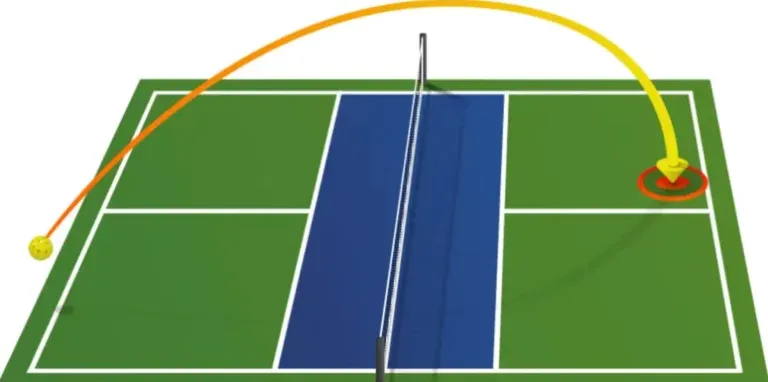
Mastering the transition zone
Transitioning effectively between positions is crucial in pickleball, especially from the baseline to the kitchen. Here are some aspects to focus on when managing these delicate movements:
- Movement Techniques: Maintain a low center of gravity to ensure easier movement while transitioning.
- Shot Selection: Adapt your shot choices to optimize your position during transitions, focusing on drops, drives, and resets.
- Clear Communication: Always ensure effective communication with your partner when moving through these zones, solidifying team strategies and shot selections.
Unlocking advanced techniques
Mastering unique shots adds creativity and unpredictability to your game. Techniques such as the Around-the-Post (ATP) shot or the "ernie" involve finesse and timing, making them worthwhile investments in your skill set.
- Around-the-Post Shot (ATP): Understanding the mechanics of this shot can shock opponents and open up the court.
- Executing the “Ernie”: A well-timed move can catch opponents off guard, enhancing your tactical advantage.
- The “Kyle” Shot: Utilize this deception shot to confuse your opponents and create openings.
Pickleball IQ: elevate your strategic thinking
As players gain technical skills, refining their pickleball IQ becomes essential. The mental game dictates performance as much as technical ability does.
Anticipation and court awareness
One of the greatest skills a pickleball player can possess is the ability to anticipate opponents' moves, bolstered by sharp court awareness.
- Mentally Expect Speed-ups: Always be prepared for potential quick returns by anticipating speeds and angles.
- Responding to Shots: Utilize the seesaw effect, being ready to react as the game progresses.
- Watching the Ball: Observing the ball through contact ensures you’re aligned for the next move.
Strategic play and decision-making
Strong strategic skills can often determine the outcome of matches, as the ability to make calculated decisions is essential for success in pickleball.
- Analyzing Opponents: Observe your opponents’ weaknesses and game patterns to exploit them effectively.
- Exploiting Open Court Space: By aiming your shots intelligently, you can create openings and pressure your competition.
- Adapting Play Styles: Flexibility in adapting your game based on different opponents' styles can lead to greater success.
Developing a winning mindset
The psychological aspect of sports can never be overlooked. Building a winning mindset comprises patience, resilience, and sharp focus.
- Importance of Patience: Recognize the value of patience during rallies, as hasty decisions can lead to unforced errors.
- Mental Toughness: Develop the ability to handle pressure and maintain positivity under challenging conditions.
- Focus and Concentration: Elevate your overall game awareness through rigorous focus on shot selection and anticipation.
Gear up for success
The right gear can empower players and enhance their performance on the court. Investing in quality equipment is a significant and rewarding decision.
Choosing the right equipment
Equipment selection plays a crucial role in a player’s success. The right paddle, shoes, and gear can positively influence performance and comfort levels.
- Selecting a Paddle: Consider options based on weight, grip, and material to find a paddle that suits your style.
- Footwear Choices: Prioritize support, grip, and comfort in footwear to prevent injuries during play.
Dressing for comfort and performance
Beyond equipment, what you wear can play a role in how you perform. Comfortable and functional clothing enables players to move freely and concentrate on gameplay.
- Moisture-Wicking Fabrics: Opt for moisture-wicking clothing to keep you cool and dry during intense matches.
- Freedom of Movement: Ensure that your attire allows for unhindered movement, as flexibility is key.
Physical conditioning and injury prevention
Maintaining peak physical condition contributes to better performance and minimizes injury risk.
- Dynamic Stretching Routines: Implement warm-up and stretching exercises that are specific to pickleball.
- Staying Loose: Keeping your muscles warm and loose will enhance agility and responsiveness.
- Preventive Measures: Consult with qualified fitness professionals about common injuries in pickleball and how to prevent them.
By integrating these structured tips and techniques into your practice routine, you will not only improve your skills but also heighten your enjoyment of the game. As you take these valuable insights onto the court, remember that every player has a unique journey. Persistence, practice, and a passion for the game will lead you to your personal best in the exciting world of pickleball.










